Developing an Index of Resilience to Climate Change Impacts to the Great Barrier Reef – Workshop 3, Townsville, Australia.
Heath Kelsey ·This is part two of a three part series of blog posts about developing a reef resilience index for the Great Barrier Reef at a workshop in Townsville in March 2015
The Great Barrier Reef Resilience Index
As part of a joint project of UMCES and Charles Darwin University, Jane Thomas, Bill Dennison and I traveled to Townsville, Australia to continue the development of the Great Barrier Reef Resilience Index. The resilience index was begun in 2012, with a workshop in Brisbane, and continued with targeted research and a follow-up workshop in Townsville in 2014. The workshop this year continued the development of the index and began the process of integrating it with the Great Barrier Reef Report Card, which IAN helped develop in 2010.
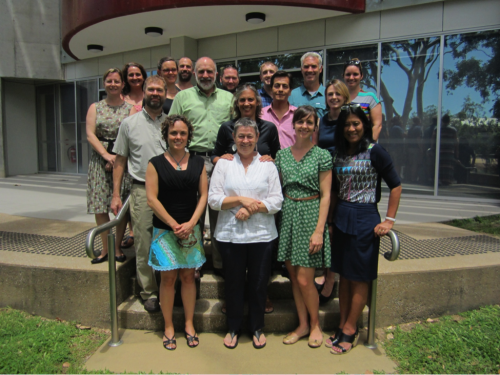
The concept of resilience is an important one; it completes the evaluation of reef ecosystem health, by providing an assessment of underlying health in addition to the measures of outward apparent health. Resilience measures the ability of reef ecosystems to resist or recover from damages from stress or disturbance, in this case from the potential impacts of climate change, including high temperature events, Crown of Thorns outbreaks, increased cyclone frequency and severity, and ocean acidification.
Researchers continue to develop indicators of reef resilience
At the workshop we revised and completed the conceptualization of indicators of reef resilience that researchers have been evaluating for that last two years. Through their research, we are improving our understanding of how reefs respond to disturbances, and our understanding of how to measure reef resilience.
Attributes of a resilient coral reef include high calcification rates, high coral and fish structural and community composition, and healthy seagrass communities (McLanahan et al. 2012). As part of research funded by the Great Barrier Reef Foundation, scientists are developing novel ways to measure these attributes at the scale and efficiency that a system on the scale of the Great Barrier Reef would require.
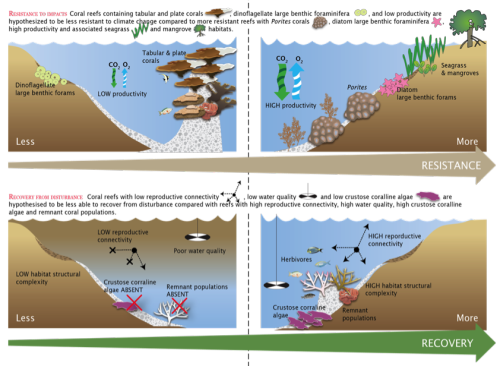
Drs. Maria Byrne and Will Figueira from the University of Sydney are developing methods to survey reef fish and coral community structure and complexity using Robotic Ocean Vehicles (ROVs) to collect imagery and develop 3-d meshes of corals, similar to rugosity measures used to measure the physical complexity of coral reef surfaces. These methods will allow many more study areas to be evaluated in a short time - a key requirement in studies for a system as large as the Great Barrier Reef. Similarly, Dr. Sophie Dove, at the University of Queensland is developing automated image analysis techniques to detect coral bleaching and species diversity, which would allow bleaching events to be detected and measured quickly and efficiently.

Drs. Guillermo Diaz-Pulido and Emma Kennedy from Griffith University are developing methods for evaluating calcification rates by Crustose Coraline Algae (CCA) at a large scale using "Calcification Stations". These are concrete blocks with CCA organisms grown on tiles, to asses growth of the calcification. CCA are important organisms for strengthening coral structures, and for rebuilding corals following death from bleaching, or from physical damage such as from cyclones.
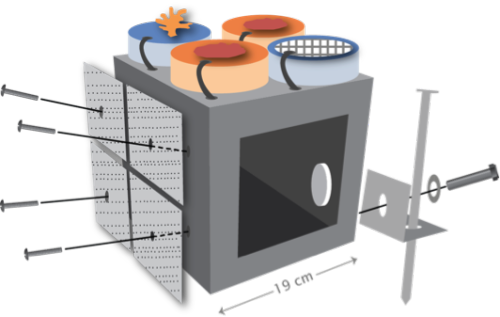
Drs Bill Legatt and Tracey Ainsworth at James Cook University are developing unique biomarker assays that measure coral stress from temperature or acidification, prior to cells exhibiting visual signs of degradation. These biomarkers can be used to detect underlying stress of corals quickly, and at a large scale.
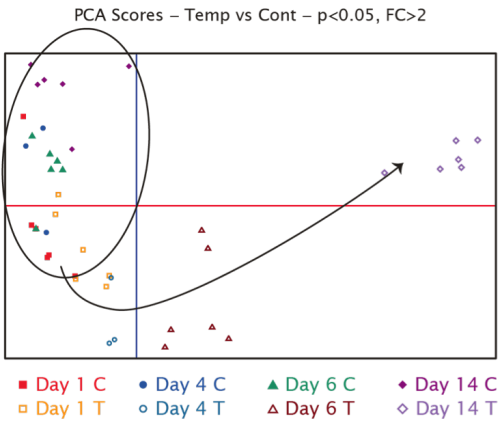
Finally, Drs. Catherine Collier at James Cook University, and Kate O'Brien and Matthew Adams from University of Queensland are developing methods to assess responses of seagrass meadows to climate related stressors. Fundamental research is required to evaluate resilience of seagrasses to climate related stress from temperature or increased carbon Dioxide. The research is focused on identifying appropriate and effective metrics that evaluate seagrass resilience.
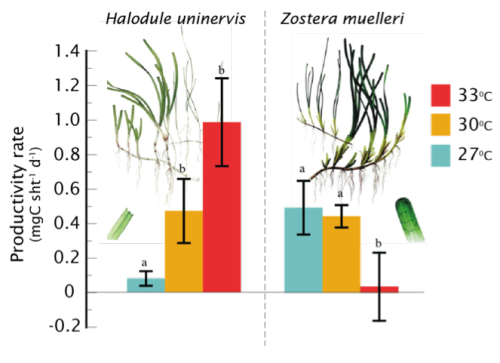
A clear path is necessary to complete the Reef Resilience Index
Advancing the research from the current progress to the completed index will require clear thinking and conceptualization of the final Index itself. To achieve an operational index, researchers must have measurable units that can be assessed against a threshold or benchmark that designates a healthy or degraded state. These measures must then be integrated over an appropriate regional scale into an overall index value. This requires conceptual thinking about the relationship of the measurable unit and resilient systems.
We tasked researchers with completing a diagram that clearly describes these relationships, and how measures can be used to describe coral reef systems with more or less resilience to climate change related stresses. This thinking clarified research activities that will be required to result in operational measurable units that are relevant to resilience.
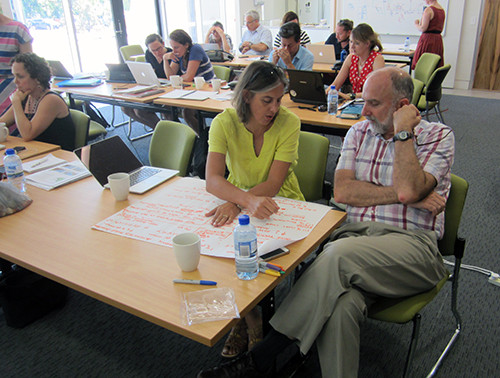
We will also need to identify the most appropriate way to integrate the index into the Great Barrier Reef Report Card. Discussions with the reef management community were positive, and revealed that many data on relevant indicators and stressors were already being collected as part of long term monitoring efforts on the Great Barrier Reef. These data can be used to create a more complete index, alongside the innovative indicators developed as part of the index development project.
About the author
Heath Kelsey

Heath Kelsey has been with IAN since 2009, as a Science Integrator, Program Manager, and as Director since 2019. His work focuses on helping communities become more engaged in socio-environmental decision making. He has over 15-years of experience in stakeholder engagement, environmental and public health assessment, indicator development, and science communication. He has led numerous ecosystem health and socio-environmental health report card projects globally, in Australia, India, the South Pacific, Africa, and throughout the US. Dr. Kelsey received his MSPH (2000) and PhD (2006) from The University of South Carolina Arnold School of Public Health. He is a graduate of St Mary’s College of Maryland (1988), and was a Peace Corps Volunteer in Papua New Guinea from 1995-1998.

